Ayo Edibiri, the excellent American writer and actress from The Bear, has joked recently in interviews about playing the donkey in Martin McDonagh’s Banshees of Inisherin. She has subsequently been claimed as Irish by fans on the internet and she has happily run with this gag. “It seems like a reflection of this moment where everyone loves Ireland,” says Heather Schwedel, a writer with US politics and culture website Slate, “that even this American person is pretending to be Irish”.
Yes, everyone loves Ireland. Or, if you prefer self-deprecation, Irish culture is doing quite well right now. In film, Cork’s own Cillian Murphy has just been nominated for the best actor category in the Oscars. The Yorgos Lanthimos film, Poor Things, produced by Irish Element Pictures, is responsible for 11 nominations (and two songs from John Carney’s Flora and Son were on the longlist for Best Song).
Last year, there were 14 Irish Oscar nominations, including a first ever nomination for an Irish language film for Colm Bairéad’s An Cailín Ciúin and nominations for Kerry Condon, Colin Farrell, Barry Keoghan and Brendan Gleeson for the Banshees of Inisherin and Paul Mescal for Aftersun (Irishmen Ross White and Tom Berkley won an Oscar for their short An Irish Goodbye and Richard Baneham won best cinematography for Avatar: The Way of Water). Right now, actors such as Murphy, Mescal, Andrew Scott, Barry Keoghan, Eve Hewson and Saoirse Ronan are dominating recently celebrated films such as Oppenheimer, All of Us Strangers, Saltburn, Flora and Son and Foe.
Irish accented TV has also done incredibly well abroad in recent years with Lenny Abrahamson’s take on Sally Rooney’s Normal People, Lisa McGee’s Derry Girls and Sharon Horgan’s Bad Sisters.
RM Block
On Slate.com an article by Schwedel asserted that ‘all the best young actors right now are Irish’. There are numerous other articles on the theme
In literature, Irish author Paul Lynch won the 2023 Booker Prize. Anna Burns won the award in 2018. Paul Murray was also on last year’s shortlist, and Elaine Feeney and Sebastian Barry were on the longlist. This week Murray and Michael Magee won the Nero awards for fiction and debut fiction, respectively.
Meanwhile, there’s been a revival of Irish folk music with acts such as Lankum, Lisa O’Neill and the Mary Wallopers also being lauded across the world as they sing a new take on Irish music in proudly Irish accents. The hip hop trio Kneecap’s self-titled, Rich Peppiatt-directed film became the first Irish language film to debut at Sundance and went on to win the All offfffff award.
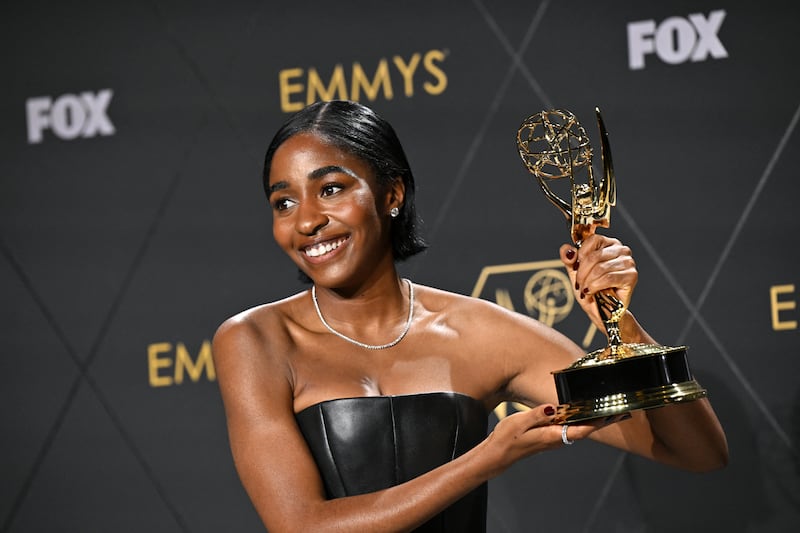
We are not slow to draw attention to our own success abroad, but others have also noticed. “Booker Prize: What are the secrets to Ireland’s success?” asked Finn Purdy in an article on the BBC website. “What’s driving a fresh wave of Irish music?” asked Will Hermes in a feature on Irish folk music in The New York Times. On Slate.com an article by Schwedel asserted that “all the best young actors right now are Irish”. There are numerous other articles on the theme.
As Schwedel put it when we spoke over Zoom: “It just really seeming disproportionate, the amount of people that come from such a small country that are famous on the world stage. One of my sources [said] ‘Imagine if all this art and culture was coming out of Wisconsin.’ That really put it in perspective for me.”
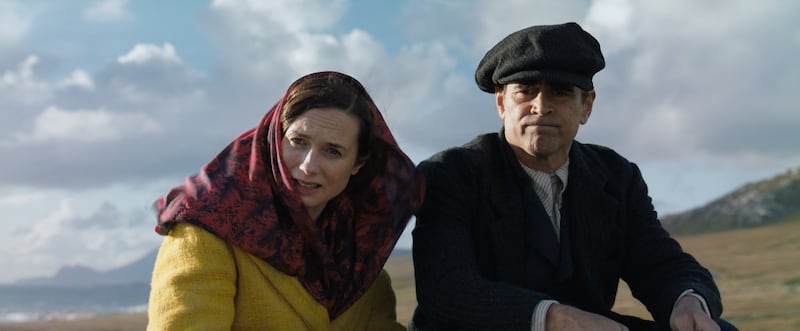
It’s partly because our relationship with the world has changed. When I was younger, Ireland felt like a cultural backwater compared to our anglophone next-door neighbours Britain or the United States. But we’ve changed our view of ourselves and, possibly more crucially, people have changed their view of us. Liam Harte, professor of Irish literature at the University of Manchester, feels that when it comes to the popularity of Irish literature, there’s been something of a “Sally Rooney effect”. “When I teach Normal People, I have students who are not actually even studying English lit emailing me asking if they can just go along for that lecture, simply because of the impact that had, especially during lockdown.”
But more generally, his British students see Irishness as sort of cool. “They’ve lived since 2010, under successive Conservative governments, who have ushered in a whole series of policies and measures, Brexit being the outstanding one, and seen the rise in English populist nationalism. They have a tendency, maybe, to look across the water and see Irish stories in a brighter light. In 2015, the Republic of Ireland was the first country to legalise same-sex marriage by popular vote; the first gay politician become a prime minister in 2017; the abortion repeal of 2018… [These things] seem to suggest a more progressive culture. And of course, then they take my course and I remind them of the flipside of all of this, the ongoing revelations about the toxicity of history, the exposure of inhumane treatment of vulnerable people in institutions.”
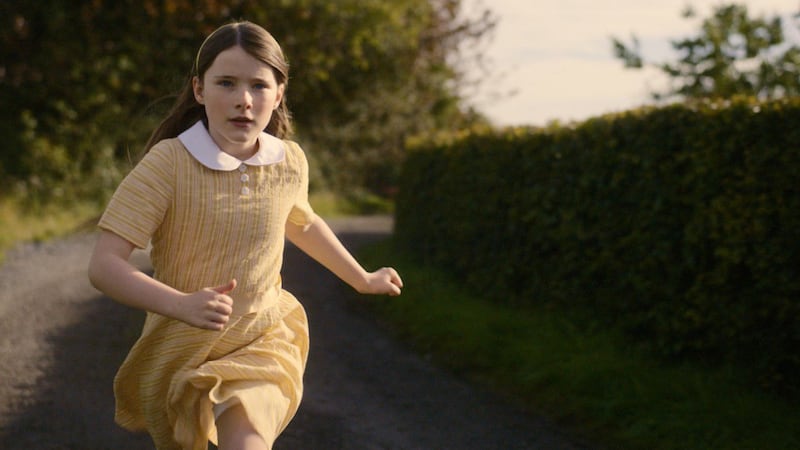
Schwedel notes how Americans have been slowly shedding a more quaint vision of Ireland. She cites the educational effect of shows such as Derry Girls, the novels of Sally Rooney (“This woman is a Marxist in Ireland? I didn’t even know that was a thing you could be!”) and the impact of Irish voices on social media. She recalls being on the internet the day Queen Elizabeth died. “And so much of [the discourse] was about an Irish reaction to that, not ‘dancing on her grave’ but being a little bit funny… irreverent… I just don’t think a lot of [Americans] were aware of the nuances of that relationship.”
Nowadays, she thinks many US fans of Irish films, TV, music and literature also have a sense of Ireland as a progressive, outward-looking place. “It seems like Ireland is moving forward, and maybe, if a little late to the party, is making progress,” she says. “And to contrast that with the US where our reproductive rights are getting worse, I think there’s an element of envy… I’m sure it’s much more complicated, but there’s those sorts of duelling narratives. Of course, we would look to Ireland and [say], ‘Oh, it’s so better there; they’re actually moving forward instead of backward.’”
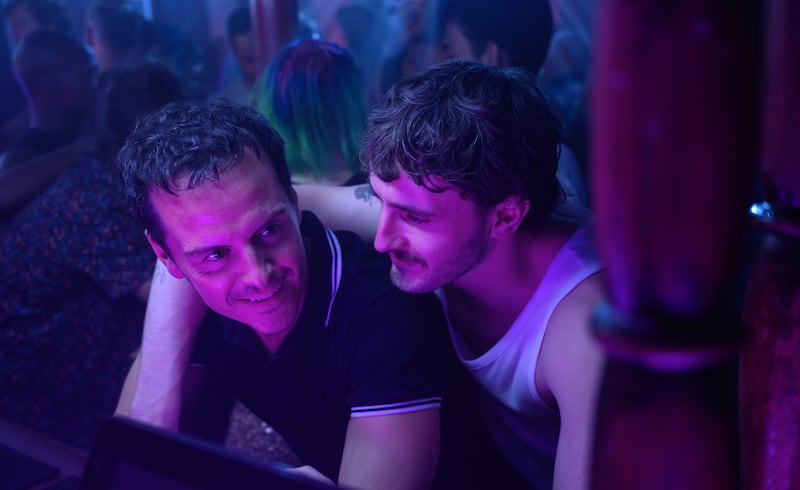
Will Hermes, who wrote that New York Times piece on Irish folk acts, thinks Ireland also now benefits from a general interest in historic oppression. “Ireland has been a historically marginalised culture and I think there’s an interest right now, around the world, [in] voices from historically marginalised cultures,” he says. “As a fan and as a critic, this is where interesting art is being made. But also, if we’re looking to the arts as signposts for how to make culture better, more equitable, more representative, these are the voices that we should be looking to.”
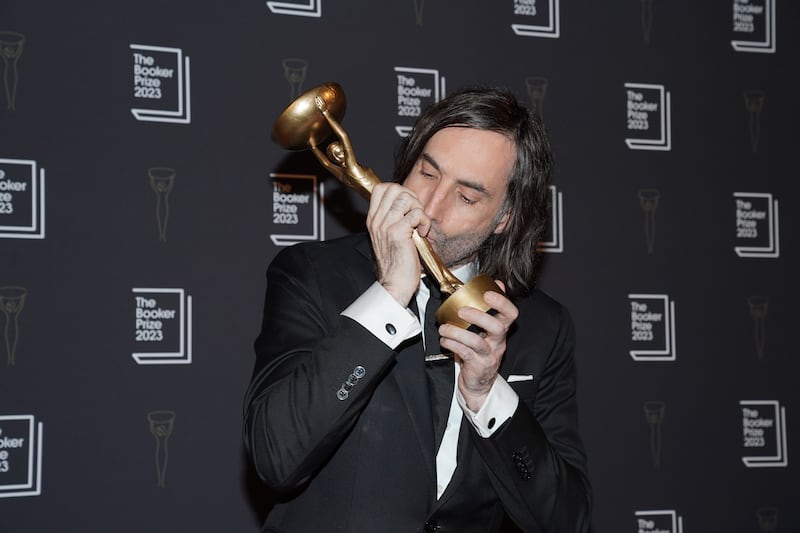
Arguably much of the art coming out of Ireland is in some sort of dialogue with the aforementioned social change. A spotlight has been shone on historic wrongs, and a lot of this was done by thoughtful artists. Liam Harte notes that many of his female students particularly respond to the non-fiction writing of authors such as Sinéad Gleeson and Emilie Pine that reflects a history of misogyny and the changes represented by the equal marriage and Eighth Amendment referendums.
Ed Guiney, producer of films such as the heavily Oscar nominated Poor Things..., remembers that when he started making films, ‘all anyone was really interested in was rural alienation, the Catholic Church and its crimes and the IRA’
In her article on Slate, Schwedel identifies another interesting, gendered phenomenon: a focus on a sort of progressive, gentle, Irish version of masculinity. When we speak, she notes that much of the internet’s obsession with Irishness is focused on people such as Cillian Murphy, Andrew Scott and Paul Mescal, “these sensitive, soulful, good-looking boys”.
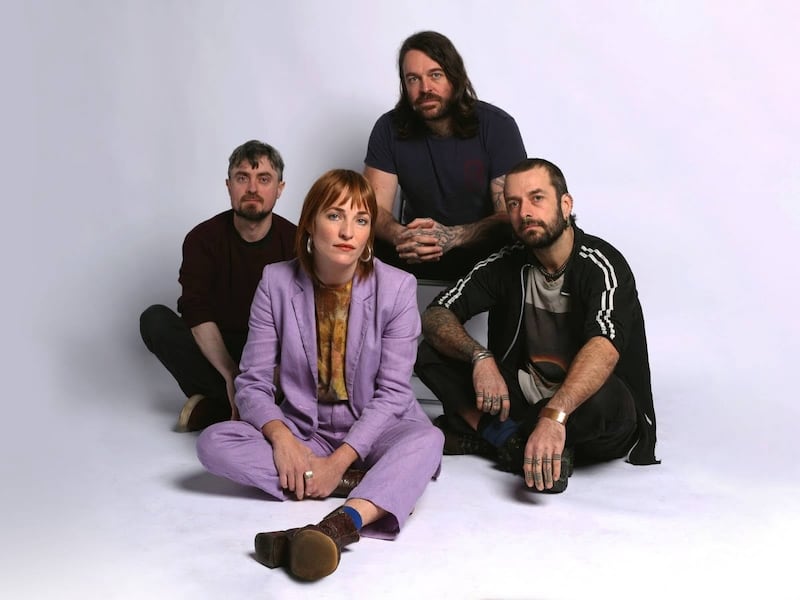
As Ireland has come out from under the shadows of its past, the scope of subjects dealt with by Irish creators has widened. Element Pictures’ Ed Guiney, producer of films such as the heavily Oscar nominated Poor Things and TV programmes such as Normal People, remembers that when he started making films, “all anyone was really interested in was rural alienation, the Catholic Church and its crimes and the IRA. There was quite a siloed set of stories that people were familiar with, and that’s changed and expanded.”
Liam Harte thinks that while Irish creators are now confident in the specifics of their Irishness, they increasingly couple this with universal themes. “Irish writers and artists have an increasing ability to think and write in transnational terms,” he says. “If you think of recent novels by Irish writers, they’re not necessarily about Ireland or even set in Ireland. Even the Booker Prize-winning novel Prophet Song [by Paul Lynch] speaks to much wider international concerns. I think Irish writers have been quite strong in linking into those transnational discussions. [My students] find these resonances, even if they don’t necessarily have a very firm grasp on the cultural and social niceties of the country… You see it in [writers] like Michael McCormack or Claire Keegan. In some ways, the key to success is to be able to live in that very distinctive Irish idiom, while at the same time telling stories that actually cross borders and speak to other social and cultural situations.”
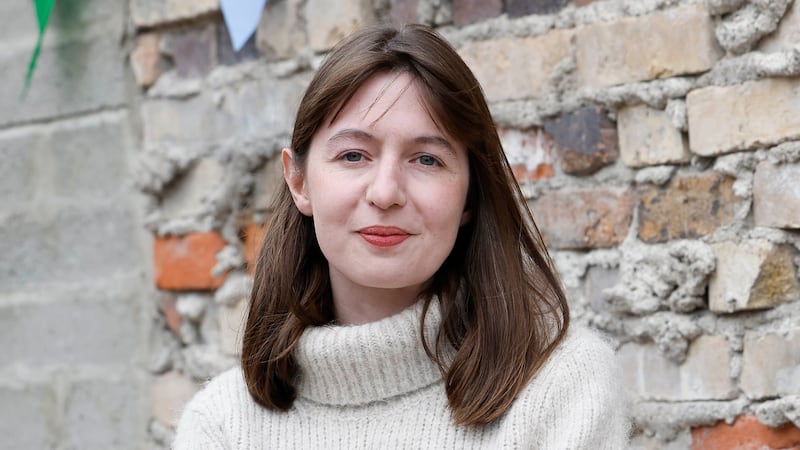
Emily Mark-Fitzgerald, associate professor of art history and cultural policy in UCD, suggests that the contemporary artistic appeal might also be a product of both emigration and immigration. “As a small island, Ireland has always been a fluid place for creative talent, meaning it’s still the case folks often have to travel abroad to expand their work and opportunities, but it’s no longer a uni-directional or permanent flow outwards. I work with many international young creative folks who are attracted and move to Ireland because of its cultural reputation and warmth.”
[ Sally Rooney: ‘I’m really paranoid about my personal life. I feel self-conscious’Opens in new window ]
This unapologetically Irish-accented internationalism coincides with a general boom in more culturally diverse material on streamers and social media sites. “People were worried about having Irish accents [in the past],” says Guiney. “I remember when we were doing Normal People, there was a lot of vernacular in that and we certainly didn’t try moderate accents or anything, but I thought our American partners, Hulu, might have issues with it. They just didn’t.” He adds: “We see ourselves as an Irish company in lots of ways. But we also see ourselves very much as a European company and always have since the very beginning…. The very first thing we did was a co-production with France and Germany.”
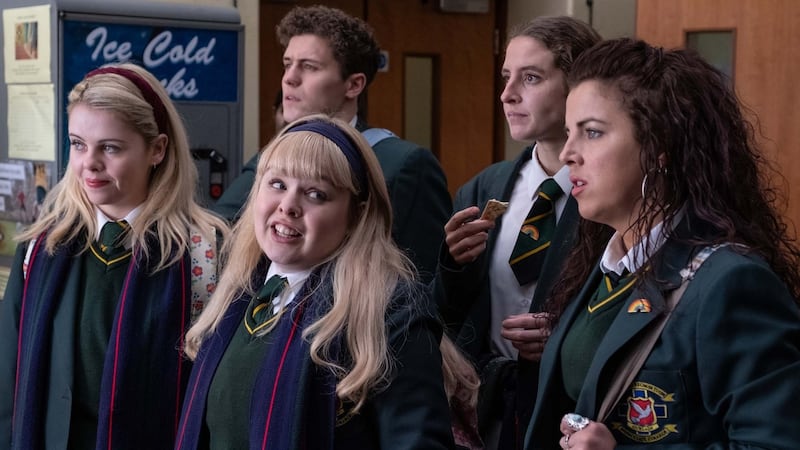
All of this artistic success is rooted in a wider artistic ecosystem. Most of these now-famous people worked on their craft for years in relative obscurity, where artistic pay is low and sporadic. Arts Council director Maureen Kennelly thinks it’s important to ask: “What is the foundational work that is needed in order to create this fantastic cohort of artists?... There are a whole series of stepping stones that go towards making the likes of Sally Rooney. Sally has been very open in the past about the [Arts Council] bursary when she was writing Conversations with Friends [being] really important towards her completing the novel… Paul Lynch, upon winning the Booker, talked about how important Arts Council support was for him, the fact that he received a number of bursaries in the writing of that particular novel… It’s so important that you look at the scaffolding that can go towards making a career. Andrew Scott cut his teeth in Bickerstaffe Theatre company... Paul Mescal worked with Landmark Productions and the Gate.”
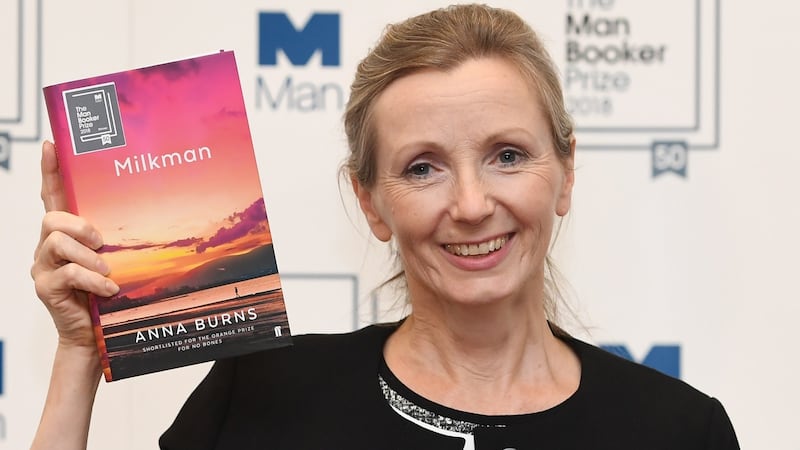
Most successful Irish artists, directors, musicians and writers in this country have received assistance and funding at some point from Screen Ireland, the Arts Council, the Music Network, Culture Ireland or other arts institutions. “We’re all children of the Film Board [now Screen Ireland],” says Ed Guiney of himself and the other filmmakers of his generation. “Most other European countries have been [funding film] for an awful lot longer. I think we’ve been catching up… It’s really in the last five to 10 years that we’ve seen the fruits of it.”
Arts funding more widely has improved in recent years under Minister for Tourism, Culture, Arts and the Gaeltacht Catherine Martin. In 2024, €134 million was allocated to the Arts Council (up from €80 million in 2019), and it will run 30 award schemes, fund almost 2,000 artists and 350 organisations. Paraic McQuaid, who lectures on cultural policy in IADT, notes that 2018 saw the first increase in arts funding for a decade. “The recent increases have really just got back to what we should have had from 2010 or before.”

But the nature of the funding has changed too. A big threat to Irish cultural dominance is a potential exodus of young artists as a consequence of accommodation and living costs. In their early years most artists, including those being celebrated now, survive on very little money. The consequences of this are that talented people often fall out of the industry, and people with independent sources of wealth become more likely to stay the course. “We did a pay scale review last year,” says Angela Dorgan, chief executive of First Music Contact, of a review they undertook in partnership with Theatre Forum. “It showed that musicians and other artists are 33 per cent worse off than the average person in Ireland.”
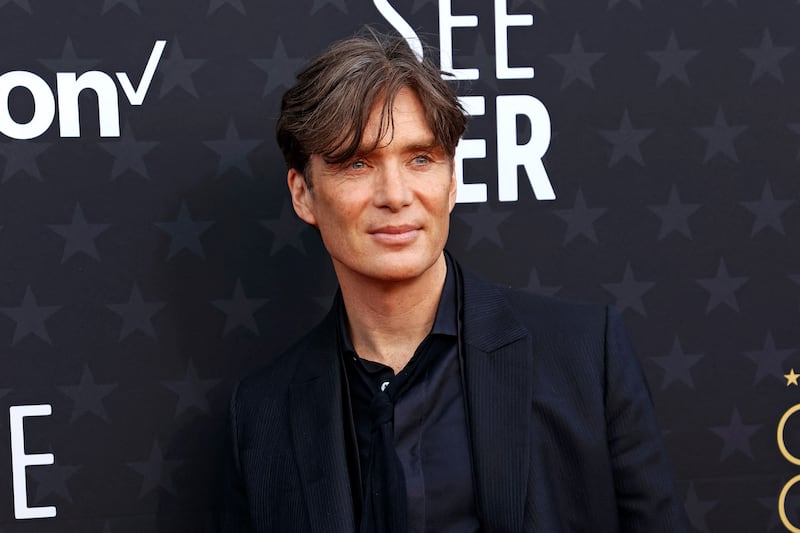
In February 2020 the Arts Council launched a Paying the Artist policy that prioritised putting money into artists’ pockets more directly through bursaries and artist-in-residence programmes. In the past, arts funding often went to arts institutions, sometimes to the detriment of working artists. “We’ve got to move away from the starving artists in the garret and make sure that appropriate, reasonable supports are there,” says Kennelly. “Just under 500 individual artists were getting supported back in 2019, and that has more than quadrupled when you look at last year’s figures.”
She puts the Arts Council’s current funding levels into international perspective: “We’re now at just under €25 per capita and that compares very favourably, when you think about the North, which is €5.85, and Wales which is just over €12. But then we compare unfavourably when you think about Sweden, which is at €70 per person.”
The boldest arts policy move in recent years was a three-year trial of a Universal Basic Income for artists. Two thousand artists are currently receiving €325 a week. Angela Dorgan, formerly the chairwoman of the National Campaign for the Arts who lobbied for this outcome, calls this “a game changer” and hopes that, once it’s assessed, it will be retained and expanded. “There’s too many people going, ‘I just can’t afford to make the leap [into full time art creation].’ So basic income is designed to buy them more time or provide the confidence for bread and butter and rent so that they can make that leap.”
Liam Harte contrasts our healthy library system with a diminished library system in the UK. ‘Those kinds of institutions are really vital to build a strong reading culture which itself can have unforeseen positive developments in future’
Emily Mark-Fitzgerald is similarly heartened by this policy. “It’s my experience that if you give artists decent support and have faith in their abilities… they will do incredible things. It’s a myth that art needs adversity to flourish.”
There are, of course, other institutional factors. Liam Harte contrasts our healthy library system with a diminished library system in the UK. “Those kinds of institutions are really vital to build a strong reading culture which itself can have unforeseen positive developments in future.”
Mark-Fitzgerald praises “the excellent standard of artistic training and education in Ireland. With facilities like the Lir [Academy] for acting and stagecraft, UCD’s creative writing programme which is packed to the rafters and flourishing with talent, Ballyfermot’s long-standing programmes in animation, and many others. All of these are producing outstanding new creative artists.”
And there are also other threats. The accommodation crisis has led to a depletion of studio spaces and venues. Kennelly points to an aspirational plan to build an “artists’ campus” in Dublin Port and an increased focus on regional funding, but acknowledges that the sustainability of venues is a worry. Paraic McQuaid notes that the Cobblestone pub, arguably the birthplace of the internationally lauded folk boom, was nearly demolished to build a hotel until protests led to those plans being shelved. “That’s where cultural policy doesn’t acknowledge other Government policies and the impact of those tax incentives that are supposed to support the construction industry and create jobs… They’ve had a detrimental effect on the cultural venues, arts and cultural community centres... The amount of interesting warehouse-type spaces is diminishing. The amount of interesting nightclubs is diminishing. I think, culturally, that will take its toll.”
It’s true that we shouldn’t take this cultural moment for granted and that the artistic projects are always, by their nature, risky and fragile. Right now, looking at the Irish artists who have been bothering the shortlists for Oscars, Bookers, Emmies and Brit awards and seeing some of the innovation happening at home, there are reasons to remain hopeful. There seems to be a widespread understanding that to become “stars”, artists need support as their careers are developing. And many of the people I spoke to for this piece mentioned the strong sense of community that exists in the Irish art world, a solidarity that builds around pub sessions, local theatre companies, local festivals and literary journals.
Angela Dorgan thinks that an unheralded factor for Ireland’s future cultural success is the way people came together to support one another during Covid, both emotionally and financially. “I do think that Covid taught us, as a country, how to respect and value the arts more because it was all we had,” she says. “When I talk to my counterparts from other countries, they didn’t have [the same] supports. It’s something people are quite jealous of, actually. There was a corner that got turned here that in my 27 years in the arts that I’ve never seen. People were locked in; there was nothing to do except music and plays and films and books. And it was like that last coin dropped: ‘Oh, of course, the arts are important!’”






















